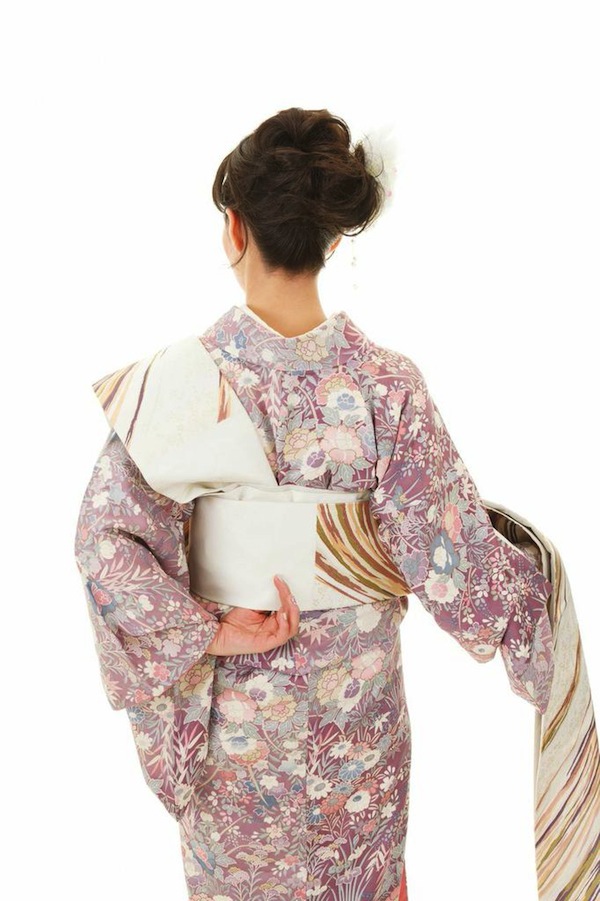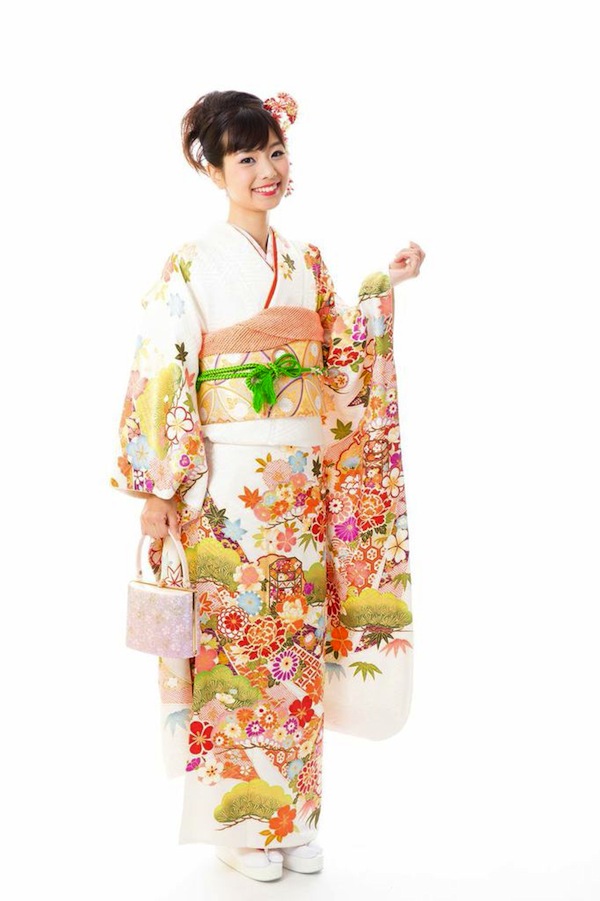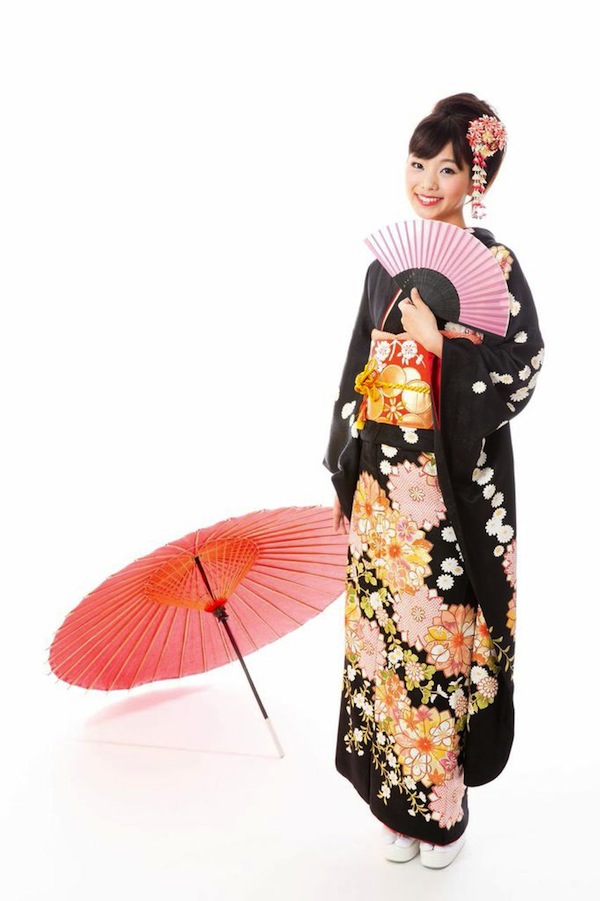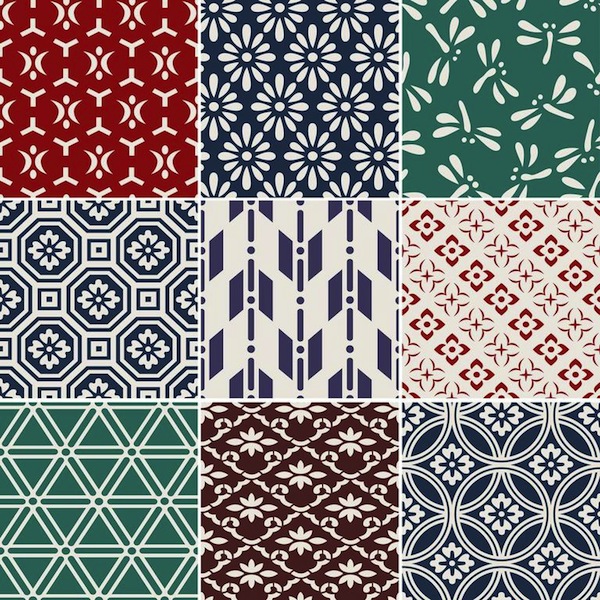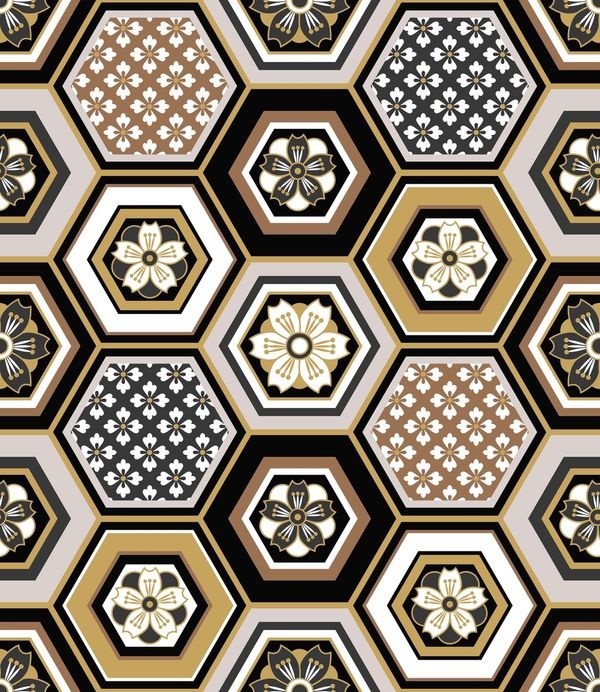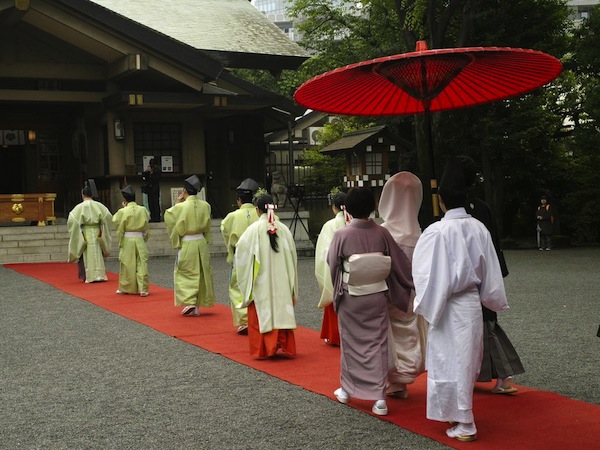
Kawari musubi
For Yukatas, a word “Kawari musubi” is often used when we tie an obi. This is a collective term applied to tying methods without unique names. Please note that this is not a name of a particular tying method. Hanhaba-obi (half-width obi) is casual and because no rules are applied to it, Kawari musubi is often created using this type of obi. On the other hand, you can use Kawari musubi with Fukuro obi which is initially designed for formal scenes. In fact, a lot of people enjoy Kawari musubi with Fukuro obi. Particularly for Furisode, tying Fukuro obi in a way of Kawari musubi makes it gorgeous. Nagoya obi is relatively short, so it is unusual to tie a Nagoya obi in a Kawari musubi.
Kawari musubi is a kind of improvisation by a Kimono dresser, and usually each of them has no name.
Therefore, it is often difficult to ask your dresser to make the same Kawari musubi as what you saw by describing its appearance. If you would like the dresser to tie your Fukuro obi in the same way as one in a magazine, you should show the clip. As for Hanhaba obi, it is enjoyable to think various Kawari musubi by yourself.

